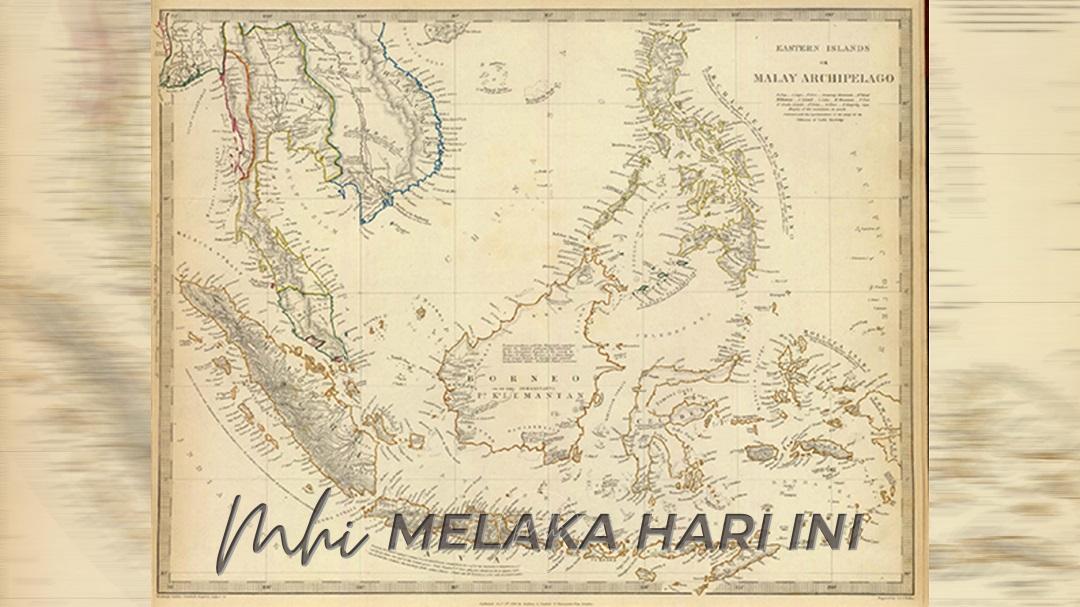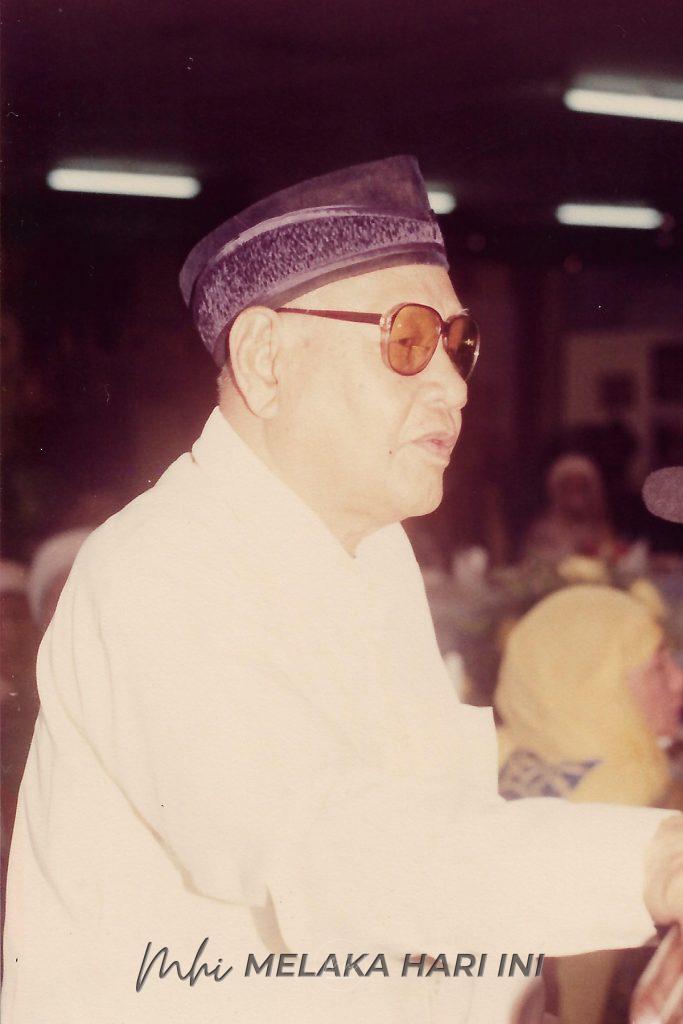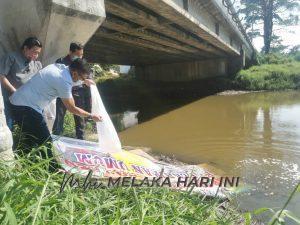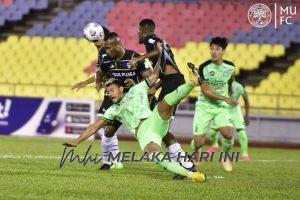
The Pan-Malayan Consciousness: Malaysia
THE Pan-Malayan consciousness was voiced during the struggle of Apolinario Mabini, dubbed the “Brain of the Revolution.” While the Philippine Revolution of 1896 was the struggle for national independence, Mabini understood it in the broader perspective of the liberation of all Malayan peoples. Mabini reminded his countrymen that they were “malayos-filipinos.”
Mabini conceived the Malay Archipelago as “Malaysia.” In his 2020 paper “Historicizing Malayness: Spanish Colonialism and the Emergence of the ‘Hispanized Malay’, Fernando A. Santiago, Jr. provided a logic to the development of the idea of Malayness among Filipinos as articulated by the illustrados in the 19th century. The fate of the Filipinos in the Malay Archipelago is the product of history.
Southeast Asian Studies scholar Rommel Curaming’s surveys of some of the works on Malay and Malayness included Timothy Barnard’s Contesting Malayness: Malay Identity Across Boundaries (2004); Joel Kahn’s Other Malays (2006) and Anthony Milner’s The Malays (2008). In the chapters by various authors in Barnard’s book, the Philippines is absent despite the volume’s objective to” explore Malayness across boundaries.” What was discovered was that there is no entry for “Filipino” in the index, and while the term “Philippines” is mentioned in 11 pages, there is hardly a “hint” on its affinity to the Malay World, according to Curaming. He brought attention to the accompanying map labeled “The Malay World” which excluded the Philippines beyond the Sulu Sea, Mindanao and the Southern tip of Palawan.
In Milner’s The Malays, the exclusion was deliberate due to the “consensus” definition among contemporary scholars; while Kahn’s Other Malays includes the Philippines, especially in Mindanao, in the category of “other Malays.”
But the ilustrados earlier found their affinity to the Malay world through history. This was from the oldest historical document in the Philippines. It is the Laguna Copper Inscription, written in Old-Malay. According to Fernando, the Inscription served as evidence of Malay culture in the Philippines during ancient times. Dated to 900 C.E., bearing similarities with the Kawi script, it contained Sanskrit, Old Javanese, Old Malay and Old Tagalog words, attesting to the Hindu influence of the Sumatra-based Srivijayan empire. Several words common to Malay, Javanese and Tagalog such as anak (child), dayang (noblewoman), hadapan (in front), hutang (debt) are evident.
Tome Pires in his Suma Oriental (1512 – 1515) captured the earliest European reference to the Filipinos. He called the Filipinos Luҫões – derived from the largest island of the archipelago, Luzon. Another early reference was Antonio Pigafetta’s account of events of the Magellan Expedition which arrived in the Philippine in 1521. Francisco Colin, an early 17th century Spanish chronicler, surmised that the Tagalogs were descended from the Malays “…by the Tagalog language, which resembles Malay closely, by the color and lines of the whole body; by the clothing and habit that they wore at the arrival of the Spaniards here; and lastly by the customs and ceremonies…derived from the Malays and other nations of India.”
According to Fernando, who is the director of the Southeast Asia Research Center and Hub (SEARCH) at De La Salle University, the qualities of Malayness are so broad and yet defined leading some to view Malay as a civilization of its own. There is dynamism in terms of ethnicity, there is diversity yet uniformity, permanence yet transient, and harmonious yet contradictory.
The inclusion of the Filipinos indicate a complex marker of identity. of the Malay as a supra-ethnic rumpun. And Malaysia is not only the name of the nation-state, but the name of this supra-ethnic rumpun. “Malaysia” has been transcending, and contentious at the same time.

Following Jose Rizal, Dr. Ahmad Domocao Alonto, as a Filipino Congressman and later Senator, in 1962, passed a bill in the Philippine Senate to rename the Philippines to “Malaysia.”
Dr. Alonto in his student days at the University of the Philippines was assistant to Wenceslao Vinzons, a guerrilla leader, noted Filipino nationalist, and a follower of Rizal. Vinzons set up a Pan Malayan Union called the Perhempoenan Orang Melayoe at the University of the Philippines in early 1930s which sought to “promote the study of history, civilization and culture of the Malay race…and to develop a sentiment of unity among brown peoples.”
The Perhempoenan foreshadowed what is now Malaysia. It was one of the earliest manifestations of solidarity under the banner of Malay ethnicity. The Filipino commitment to “Malaysia” and the yearning to return to the Malay world can be found in the Tagalog “na walan ng malay tao” – meaning “Lost of consciousness.”
The return to consciousness is “nagkamalay,” and “Malaya,” which means freedom.
Alonto, following Rizal, believed in the redemption of the Malays – the “Malaysia Irredenta” (Malaysia redeemed). Vinzons, took the lead in raising awareness and consciousness of the Malay people, culture and civilization. He proposed a re-establishment of a federation or union of Malay states.
The Filipino consciousness of the Malay world stretches beyond the Archipelago, from Madagascar to the ends of Polynesia. Vinzon’s commitment to the dream of a federation “of states of the brown race,” was all consuming that his youngest daughter was named Ranavalona after “a Malayan queen from the island of Madagascar who fiercely resisted French subjugation…” In his letters, Vinzons would variably end with “Yours for a greater Malaysia.” And some 90 years hence, we await Rodrigo Duterte’s Maharlika.
NEXT WEEK : Of Nutmegs and Cloves
Prof. Dato’ Dr. Ahmad Murad Merican is Professor of Social and Intellectual History with the International Institute of Islamic Tho ught and Civilization, International Islamic University (ISTACIIUM). He is a Senior Fellow with the Southeast Asia Research Centre and Hub at De La Salle University, Manila, the Philippines.
Langgani saluran Telegram kami untuk dapatkan berita-berita yang terkini.


